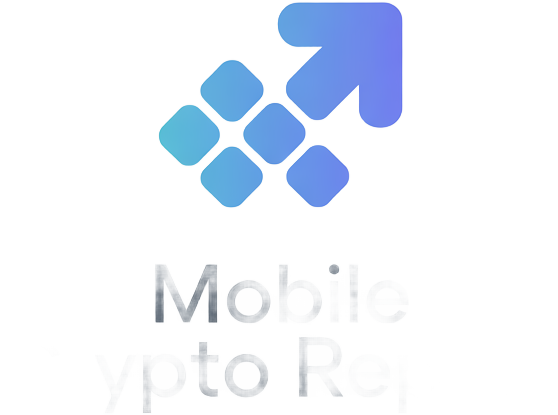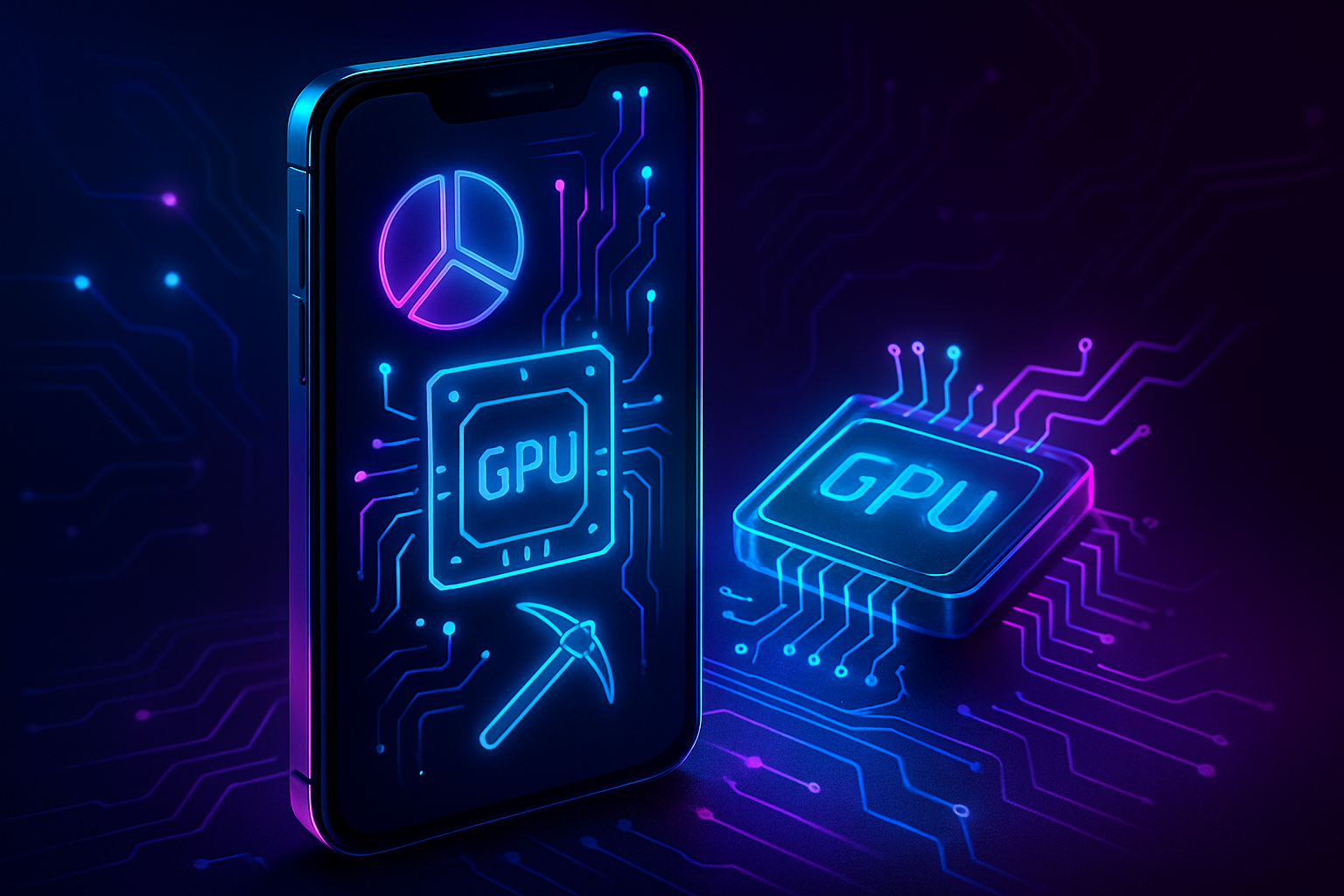
Fractional GPU mining on smartphones is gaining attention in the DePIN (Decentralized Physical Infrastructure Networks) space, but separating hype from reality is crucial. As of September 19,2025, Bitcoin sits at $115,786 and Ethereum at $4,490.43, both reflecting a volatile yet maturing market. Against this backdrop, the idea of leveraging the untapped processing power of mobile devices for crypto mining seems appealing, especially when projects like Helium Mobile and Acurast are making headlines for their innovative approaches to decentralized infrastructure.

How Fractional GPU Mining Works on Phones
At its core, fractional GPU mining phone setups involve utilizing a portion of your smartphone’s graphics processor to contribute computational power to a larger network. Unlike traditional cloud mining or ASIC-based operations, this method taps into the everyday hardware that millions already own. The appeal? Lower entry barriers and potential passive income streams, at least in theory.
However, technical limitations are significant. Most smartphones are built for graphics rendering and light computational tasks, not the intense workloads required by modern crypto mining algorithms. For context, a mid-range phone might achieve just 1, 5 H/s, compared to 30, 50 MH/s with even basic dedicated GPUs. The difference is exponential and directly impacts profitability.
Profitability Analysis: What Do You Really Earn?
The numbers don’t lie, mining with your phone yields negligible returns in today’s market environment. With Bitcoin at $115,786 and Ethereum at $4,490.43, even significant price surges do little to offset the low hash rates achievable on mobile devices. On average, you might generate less than $0.01 per day using a single smartphone for fractional GPU mining.
This calculation doesn’t factor in electricity costs or accelerated hardware degradation from constant high-load operation. In most cases, running a phone farm for mining will cost more in energy bills and device replacements than it ever returns in tokens or coins.
Key Limitations and Risks of Fractional GPU Mining on Phones
-
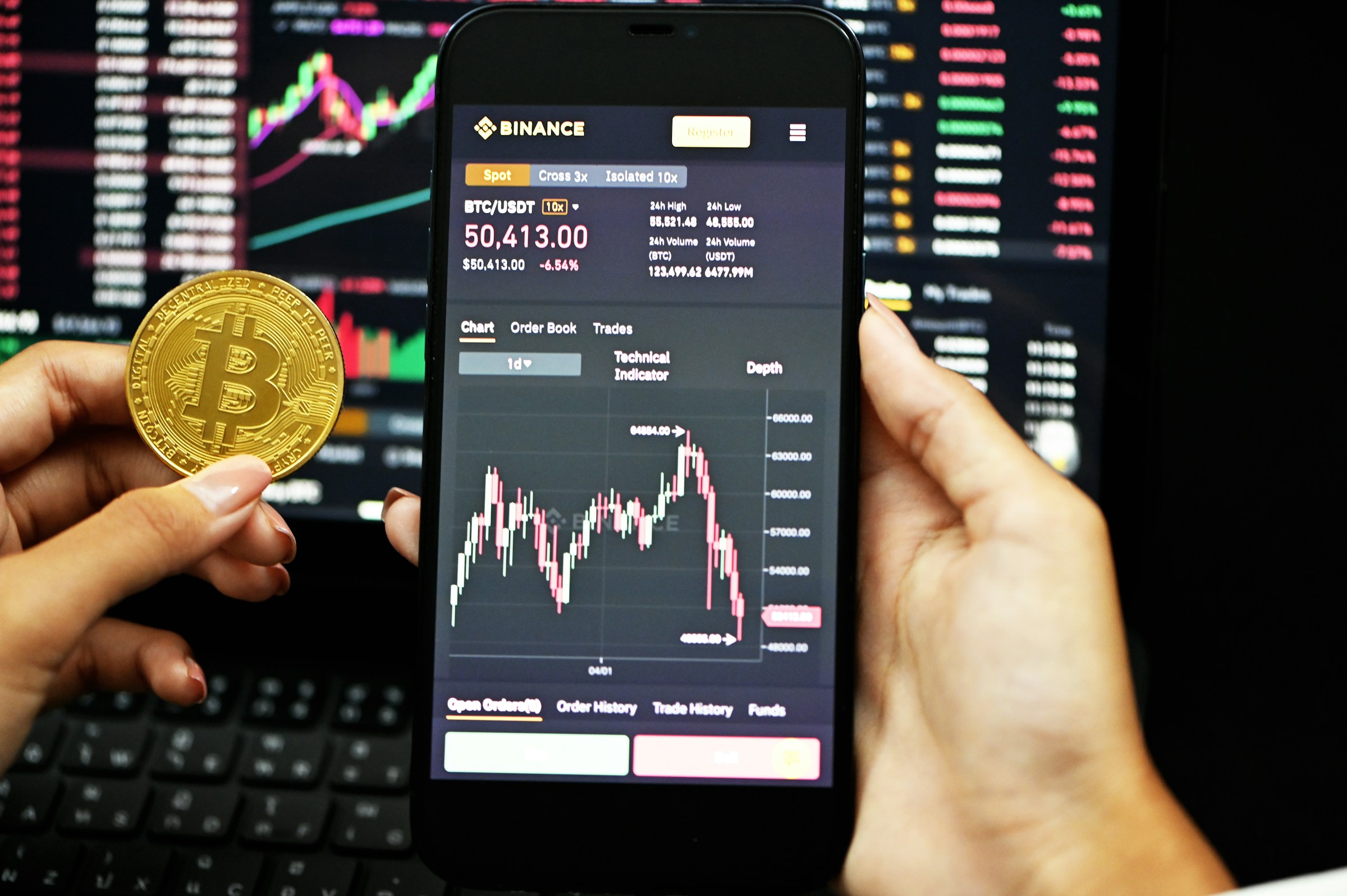
Extremely Low Profitability: Smartphone GPUs deliver minimal hash rates (typically 1–5 H/s), resulting in daily mining returns often less than $0.01—far below electricity costs and hardware wear. (geekzilla.io)
-

Accelerated Hardware Degradation: Continuous mining causes excessive heat, which can rapidly degrade battery health and damage internal components, shortening device lifespan. (geekzilla.io)
-
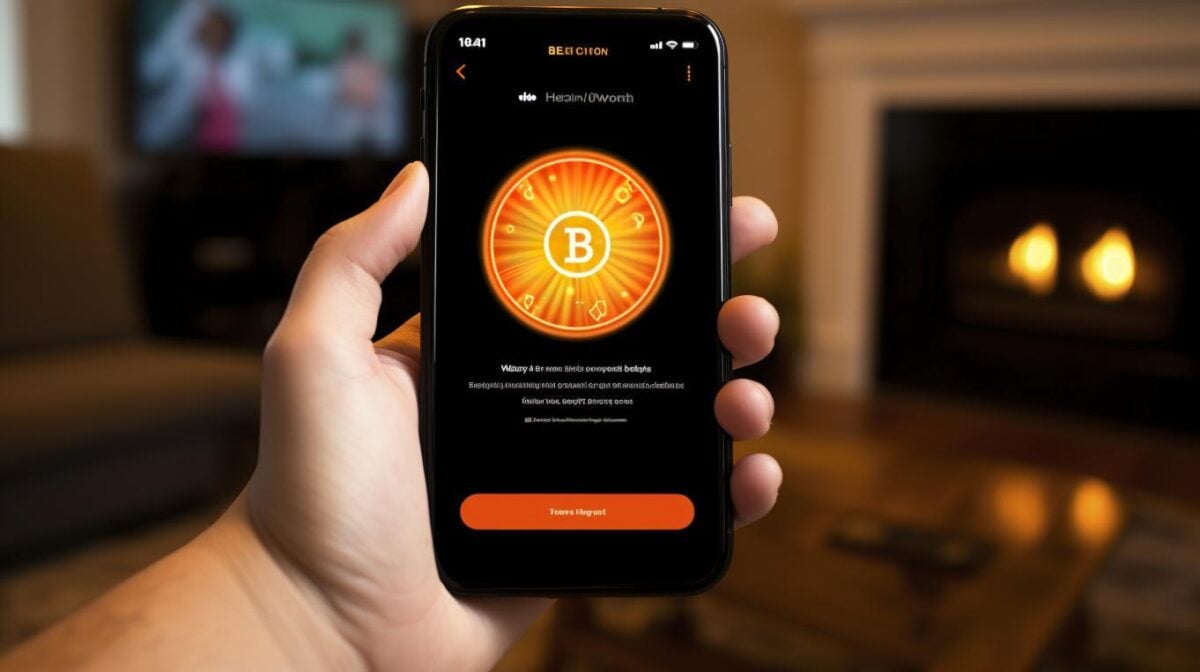
Significant Performance Impacts: Mining apps consume substantial system resources, leading to sluggish performance, frequent overheating, and reduced responsiveness for everyday use. (makeuseof.com)
-

Security Vulnerabilities: Many mining apps bypass official app stores, increasing the risk of malware, unauthorized data access, and privacy breaches. (trality.com)
-
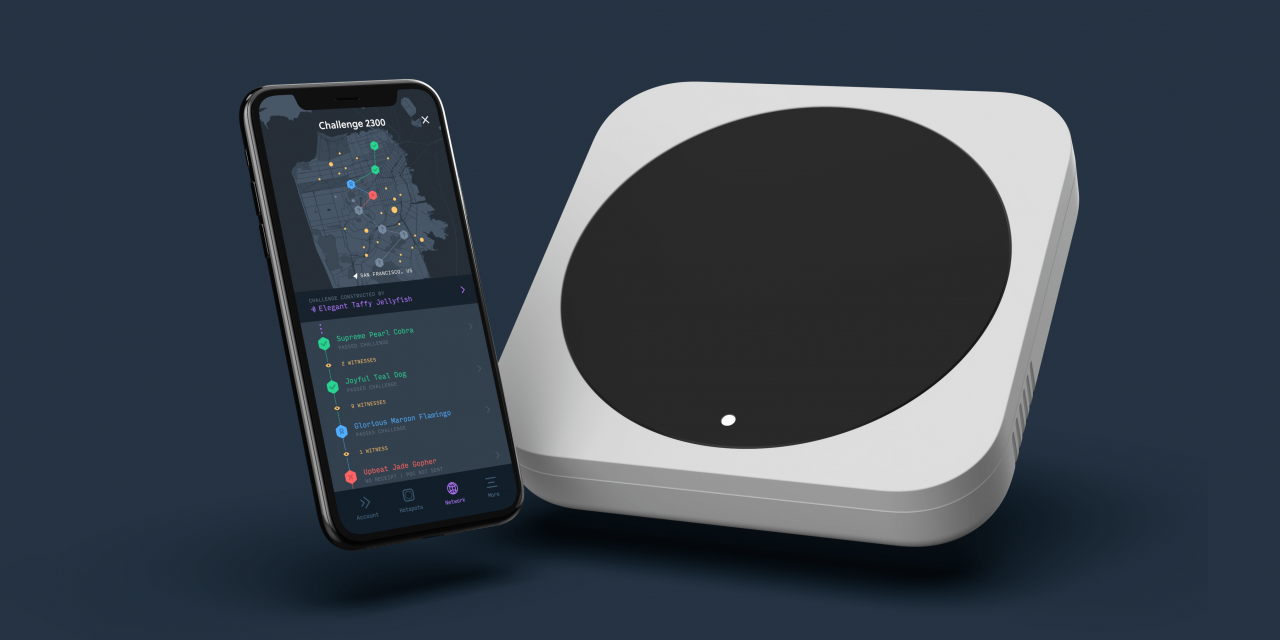
Limited Support from Major Mining Platforms: Leading mining networks and DePIN projects such as Helium Mobile and Render Network generally require specialized hardware or infrastructure, making smartphone GPU mining largely unsupported and inefficient. (DePIN Scan)
The Rise of DePIN Phone Mining Projects
The real innovation may not be in solo mobile mining but rather in how decentralized networks like Helium Mobile or Render Network aggregate small contributions from many devices to support broader infrastructure goals, such as wireless coverage or distributed rendering. While some projects offer token incentives (like earning $DIS mobile), these rewards tend to be tied more to network utility or staking models than pure computational output.
If you’re considering joining the trend via DI Phone GPU staking or similar schemes, it’s essential to vet platforms thoroughly due to rampant security vulnerabilities associated with unofficial apps and shady operators.
